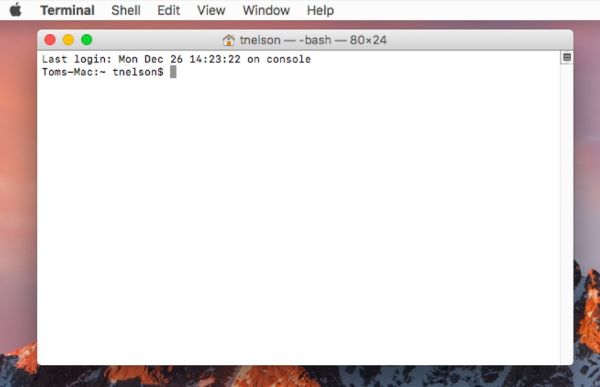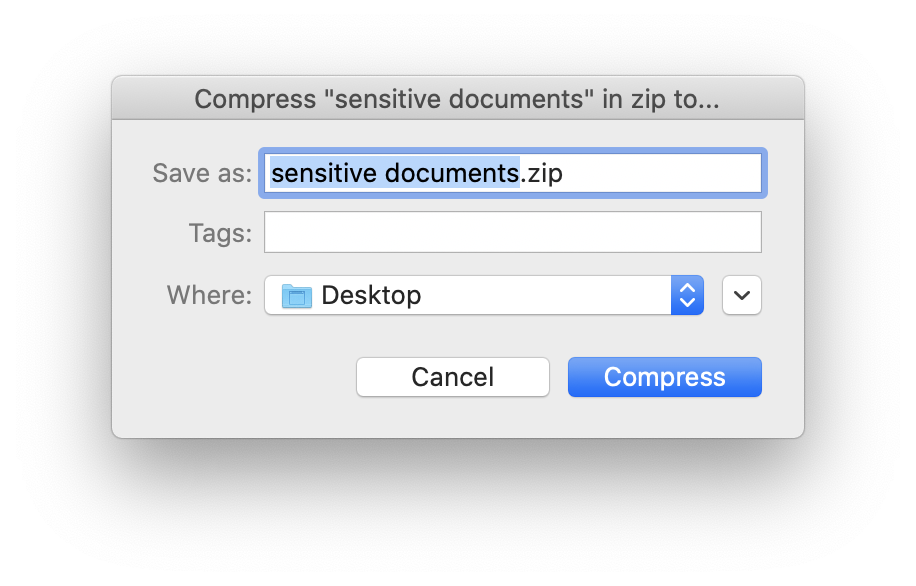
I downloaded 'The Unarchiver' on to my MacBook Pro a while back and since then I haven't really had any Issues with any compression formats. One particularly effective, and completely free, program that can break the password on a RAR file is. Mac users should be able to download and use Keka, The Unarchiver, or RAR Extractor Free to unload RAR files. Workshopxsonar.web.fc2.com The Unarchiver Password Cracker Aug 17, 2017. The Unarchiver Password Cracker.
7z Password Recovery by eSoftTools.But there is a trade-off to the benefits of SSDs: GB for GB, they’re more expensive than HDDs. The Unarchiver Landing Page. Although the program is absolutely clean, there does seem to be a few possible security issues with the main website, the link below is to download from Softpedia.eSoftTools 7z Password Recovery Software is one most instant password retrieval solution. SSDs are clearly the future of computing storage, and it’s not surprising Apple has discontinued traditional or hybrid drives for their computers.To specify a password, you have to manually edit the passwordfile.txt file located in the C: Program Files Unrar Extract and Recover 4.5 bin folder and enter 1 password per line.
7z files that you have on your Mac using the FoneDog PowerMyMac Unarchiver.Instead of raising prices, manufacturers like Apple have simple cut storage capacity. The unarchiver apps for Mac are available both for free and paid with additional features.When you double-click a password-protected ZIP archive on macOS. These Mac archiver apps are offering premium features such as password protection, drag and drop archive, etc. Even if the Mac has a built-in option to an archive file.
Zip, which is supported by both macOS and Windows, along with other operating systems such as Android.Though modern operating systems can view the contents of a zipped folder without having to unzip or decompress the files inside, you typically need to decompress the file before you can use any of the zipped files.So, when should and shouldn’t you zip a file? Typically, if you are trying to send someone a file over the internet, through email or other means, and the file is too large to upload to the server, you will want to make sure you have compressed the file down in size. “Zip” itself refers to the file type of a compressed file. But sometimes, you don’t have the means or ability to head out and purchase one of those.“Zipping” a file simply means using a utility on your Mac to compress a file or folder down to a much smaller size, without losing any quality in the file or folder.
For small files, the compression will occur almost immediately, and you will see a new file in the same directory as the unzipped file. Depending on the size of your file or folder, it may take some time to finish the compression step. From this menu, select “Compress ‘'” in order to compress your file. No matter whether you are compressing a single file or a folder, the compression system with Archive Utility works the same.To open the compression menu, right-click on the file or folder inside Finder or on your desktop. Both individual files and folders full of files can be zipped, though if you are sending a large number of individual files, you’ll want to place them into a single folder in order to compress. So no matter which version of macOS you are running, it’s easy to gain access to and use this tool.First, find the file or folder you want to zip.

(The filenames MUST match) Once you have entered your directory and made sure the file or folder you wish to zip and password-protect are in the proper location, enter the following command without quotes and without brackets. When you hit Enter, you will see a change in the command prompt line, and your directory will have changed. Since we’ll be working with the desktop, we’ll set that as our directory by typing in the command cd Desktop/. Now you need to set your directory to where you’ll be working with files.
Make sure to enter the file extension of your corresponding file here, the file extension is. As you type you will not see any characters appear on your screen, but that is normal.So, for example, if you are trying to compress a file with the name “example.txt,” your command will read: “ zip -e example.zip example.txt“. Type what password you want to use.
The Unr Zip File Can Be
So long as their device supports zipping and unzipping files, they’ll be able to enter the password you share with them and access the content inside.Finally, it’s worth noting you can always use Terminal to compress your files and folders without encryption simply remove the “-e” from the command, which will tell the computer to simply make a zipped file from the original file or folder you designate. You can test this out by trying to unzip the file you just created you’ll be prompted with an entry field for your password.This new zip file can be sent to anyone regardless of the operating system. If you’ve carefully followed the steps above, your password-protected zip file will have been created.Now, when you try to open your zipped file, you’ll be prompted to enter a password. Hit enter, then enter your password again to verify. Although it seems like nothing is being entered, Terminal is tracking which keys you enter.Since you cannot check your password to verify a lack of typos, be as careful as possible when typing it out a typo can render your zip file inaccessible.
This information can be helpful in determining whether or not it is safe to open a zip file.If you do not already have WinZip, you can download it here. The resulting dialog will show you the files inside the zip file, when they were created, their original file names, and their original size. Then type “zipinfo ” and press enter. As above, use Terminal to navigate to the folder where your zip file is.
Click “OK” and close out of the Finder view, then click “Save as” in the Action panel to select a location on your computer for your zipped file. In the Actions pane to the right-hand side of the list, check “Encrypt” from the list of available options on your device.Click on the “+” or “Add” button at the top of the program, and select “Open from Finder.” Select options inside the Finder view, and enter the encryption password you wish to use for your compressed file. Drag your files or folders into the main view of WinZip’s project manager.

The Unr Verification Into The
Zip from the top menu in the application, check the “Encrypt Files” option, then enter and re-enter your password for verification into the included boxes.If you wish, you can also create a.


 0 kommentar(er)
0 kommentar(er)
